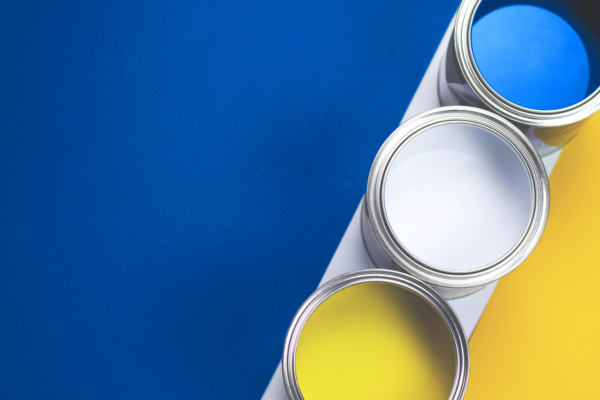
How to Maximize Appraisal Value

Any time a loan is used for a home, whether it be for a home equity loan or a new mortgage, an appraisal must be done. Depending on your situation, maximizing this appraisal value can have a number of different impacts, including qualifying for a bigger loan or refinance. Even if you’re not looking to sell or apply for a home equity loan right now, it’s smart to keep an eye on your appraisal value and possible improvements to your property. So what can you do to maximize your appraisal value?
How to Maximize Appraisal Value of Your House
Use the following tips to maximize the value of your house while minimizing the impact on your wallet.
1. Know what big investments to make— and which to pass on.
Thinking that installing a swimming pool will increase your property value by tens of thousands? Think again!
Not all renovations and improvements will result in dramatically higher appraisals. Swimming pools, for example, typically aren’t a good investment from a monetary perspective. Homeowners rarely make their money back, if ever.
It’s important to do your research ahead of time to determine which home improvements have high returns on investment. Before breaking ground on a major renovation, make sure that it’ll actually raise the value of your property.
Put Your Home Equity to Work
Learn more about how you can take advantage of your home’s value for your next home improvement project.
2. Fix the obvious issues.
Check for any items that could stand a quick repair. Flooring issues, missing fixtures, general disrepair, and cracked siding are all examples of flaws that will give an appraiser pause— and they are all things that could be fixed with a minimum of time and effort.
Go through your home with an objective eye or have a friend lend their opinion. You might be so used to the issues that you don’t even notice them anymore! Make sure your heating and cooling systems are operating smoothly. Your local HVAC contractor probably offers an inexpensive home visit service to test these systems and troubleshoot any problems. If they find an issue, it will cost you money to repair it— but it’s better that they discover the problem than the appraiser.
The appraiser isn’t going to fixate on the particulars of appliances or fixtures—but they will notice neglect or lack of maintenance.
3. Document any improvements.
Whenever you do a home improvement— such as new fencing, new roofing, driveway refinishing, or appliance upgrades— mark the date and the cost of the work. Keep a special log for this purpose—it might be helpful with your appraisal, and it will definitely be helpful for potential buyers and your listing agent. “The roof is exactly four years old” sounds a lot better than “We replaced the roof at some point in the last decade.”
4. Cooperate with the appraiser and answer their questions.
Every appraisal is going to be different. Remember that the appraiser is not your enemy; they are the person who can provide you with a maximum value on the home you are about to refinance. Your job is to make the task of appraising your home go as smoothly as possible. It could result in a higher appraisal.
Be ready to answer any questions the appraiser may have or tell them more about the area you live in.
Improvements for Buyers
Most appraisals are going to be fairly straightforward—they’re going to base their valuation on the condition of the home and any major issues. They’ll also pull other home sales in the surrounding area (also known as “comps”) to get their final number.
But if you’re getting an appraisal in the process of selling your home, there are more considerations to make the most of your home’s value! These considerations won’t necessarily boost your home’s value, but they may add to the overall impression.
5. Boost your curb appeal.
The front of your house will be the first thing the appraiser or potential buyer sees when they pull up. Make it a vision worth beholding with a few strategic upgrades.
Trim the shrubbery, edge the sidewalks, rake the leaves, and mow the lawn. It might not hurt to plant some flowers and put in new mulch, either. If you want to go a step further, you can do a few things to improve the appearance of the house, like painting or replacing the front door or garage door.
5. Clean and tidy the house.
If you do nothing else, at the very least, give your home a thorough, top-to-bottom cleaning. Pay special attention to commonly used areas that may have accumulated dirt and grime over the years. Make sure the kitchen and bathrooms are spotless. If you have carpeting, pay for a professional cleaning.
Additionally, make sure that every space is accessible to the appraiser or buyer. Don’t have the stairway to the attic blocked by a big chest of drawers or make them squeeze through a cluttered hall to get to the back bedroom. If you’ve accumulated a good deal of clutter over the years, consider doing a major declutter or renting a small storage unit to temporarily store some items.
Do a Little, Get a Lot
When it comes to maximizing your appraisal value, doing the little things can often be of the most help. Remember that big investments aren’t the best way to maximize your home’s value, and talk more with a real estate professional to learn more about what your house needs to bring in top dollar.
Ready to start your project?
Talk to our team and figure out your financing.


